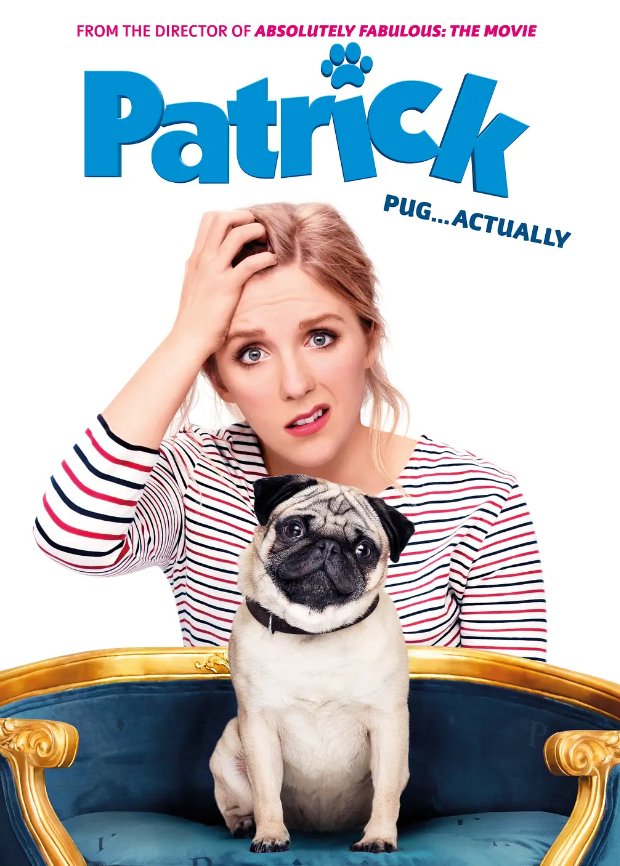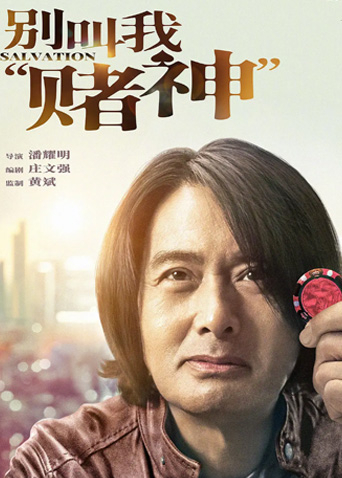 昊天
昊天
发表于9分钟前回复 :四川偏远山区的女教师小璐(秦海璐饰),自出生起就生长在黄河边,单纯质朴。一天,正在给孩子们上课的小璐被校长叫出去迎接外宾。这支专程从香港来到这里为孩子们注射疫苗的医疗队,受到了村里的热情款待。而温文尔雅的年轻实习医生小东,更是给小璐留下了深刻印象,小璐芳心暗许。当医疗队完成任务返港时,小璐乘坐的客车意外翻倒,恰巧被医疗队救出。此时,小璐完全被细心体贴的小东打动了,认定小东就是自己的白马王子。可小东和小璐终归是生活在两个世界的人,而且小东也有了女友。然而小东突然被诊断出患了癌症。万念俱灰的小东断然与女友分手,随小璐来到了黄土高坡。小璐无微不至地照顾着小东,甘心陪他走过人生的最后日子。然而小璐等来的,却是一段还未开始便已结束的孤单爱情。
 刘育绫
刘育绫
发表于9分钟前回复 :转自:http://www.filmlinc.com/nyff/2010/views-from-the-avant-garde-friday-october-1/views-from-the-avant-garde-jean-marie-straub“The end of paradise on earth.”—Jean-Marie StraubThe 33rd verse and last chant of “paradise” in Dante’s Divine Comedy. The film starts with verse 67, “O somma luce…” and continues to the end. “O Somma luce” recalls the first words uttered by Empedocles in Danièle Huillet and Jean-Marie Straub’s 1987 The Death of Empedocles—“O himmlisch Licht!…” (O heavenly light!). This extract from Hölderlin’s text is also inserted into their 1989 film Cézanne.“O somma luce” invokes utopia, or better still “u-topos,” Dante, Holderlin, Cézanne… the camera movement, recalling Sisyphus, in the film’s long shots, suggests its difficulty.In O somma luce, with Giorgio Passerone’s Dante and the verse that concluded the Divine Comedy, we find at the extremity of its possibilities, the almost happy speech of a man who has just left earthly paradise, who tries to fully realize the potential of his nature. Between the two we find the story of the world. The first Jean-Marie Straub film shot in HD.So singular are the textual working methods of Straub-Huillet, and now Straub on his own, that it is hard to grasp how far reaching they are. Direction is a matter of words and speech, not emotions and action. Nothing happens at the edges, everything is at the core and shines from there alone.During the rehearsals we sense a slow process by which ingredients (a text, actors, an intuition) progress towards cohesiveness. It is, forgive the comparison, like the kneading of dough. It is the assembling and working of something until it becomes something else… and, in this case, starts to shine. Actually it’s very simple, it’s just a question of opening up to the light material that has been sealed up. Here, the process of kneading is to bring to life and then reveal. The material that is worked on is speech. So it is speech that becomes visible—nothing else. “Logos” comes to the cinema.The mise en scène of what words exactly?The process of revealing, “phainestai”; “phainomenon,” the phenomenon, is what take splace, what becomes visible to the eye.Is “Straubie” Greece?This mise en scène of speech, which goes beyond a close reading of the chosen text, is truly comes from a distant source.—Barbara Ulrich


